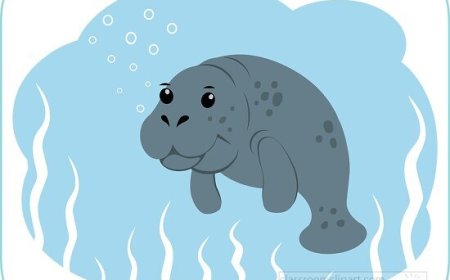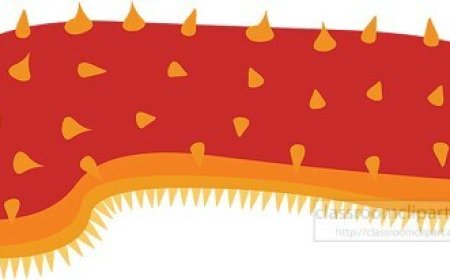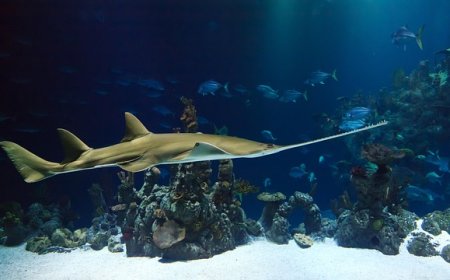Seahorse Facts for Kids – Amazing Ocean Animals Guide
Learn about seahorses for kids. Discover where seahorses live, what they eat, how they swim, and other fascinating facts about these unique ocean creatures.
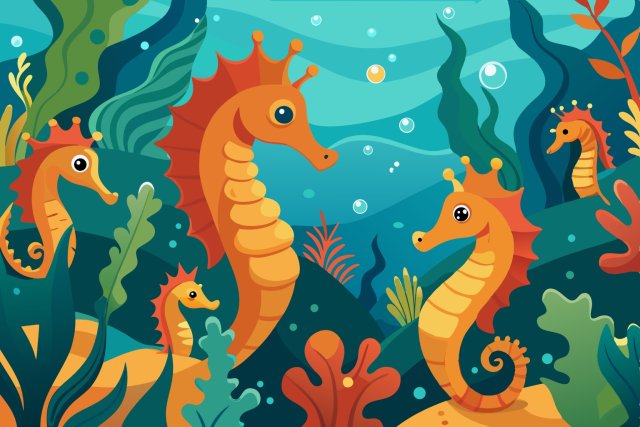
Seahorses: Graceful Swimmers of the Sea
Introduction to Seahorses
Seahorses are small, unusual-looking fish that belong to the genus Hippocampus, a name that comes from the Greek words hippos (horse) and kampos (sea monster). These fascinating creatures get their name from their horse-like heads, long snouts, and curled tails. Unlike most fish, seahorses swim upright and use tiny fins to move through the water. There are about 46 known species of seahorses, and they can be found in shallow waters across the world’s tropical and temperate seas. Seahorses are a favorite among marine life enthusiasts because of their unique appearance, interesting behaviors, and delicate beauty.
Where Seahorses Live
Seahorses are typically found in shallow coastal waters, especially in areas with seagrass beds, mangroves, coral reefs, and estuaries. These environments provide shelter and places to anchor themselves using their prehensile tails. Most species prefer warm waters, such as those in the Pacific and Atlantic Oceans, the Mediterranean Sea, and coastal parts of Asia, Australia, and the Americas. Seahorses are poor swimmers, so they rely on calm waters and places where they can cling to plants or corals to avoid being swept away by strong currents.
Physical Characteristics
Seahorses are small fish with a very distinctive body structure. Depending on the species, they range in size from about 0.6 inches (1.5 cm) to over 14 inches (35 cm). Their bodies are covered with bony plates instead of scales, forming a kind of armor. They have a tube-like snout used for sucking up small food particles, and they lack teeth and a stomach. Instead, food passes quickly through their digestive system, which is why they must eat almost constantly.
One of the most interesting features of the seahorse is its prehensile tail, which acts like a hand and allows it to grip onto seagrass, coral, or other objects. This tail is especially important because seahorses are not strong swimmers and use it to anchor themselves in place. Their dorsal fin (on the back) beats rapidly to propel them forward, while tiny pectoral fins on the sides of their head help with steering. Seahorses can also change color to blend in with their surroundings, which helps them hide from predators and communicate with each other.
Diet and Feeding Habits
Seahorses are carnivores that feed mainly on tiny animals called plankton, small crustaceans, and copepods. They use their long snouts to suck up food, much like drinking through a straw. Because they have no teeth or stomach, food passes through them quickly, and they must eat frequently to survive—sometimes up to 50 small meals per day.
Seahorses rely on their camouflage and slow, stealthy movements to sneak up on prey. They often remain still, anchored to vegetation, waiting for food to drift by before quickly snatching it with a snap of their snout.
Reproduction and the Role of Males
Seahorses are famous for their unusual method of reproduction, especially the fact that males, not females, carry and give birth to the young. During mating, the female deposits her eggs into a special brood pouch on the male's abdomen. The male fertilizes the eggs and keeps them safe inside the pouch for 10 days to 6 weeks, depending on the species and temperature of the water.
Inside the pouch, the male controls salt levels and supplies nutrients and oxygen to the developing embryos. When the young are ready, the male undergoes muscular contractions to give birth—sometimes to hundreds of tiny, fully formed baby seahorses. Once born, the babies are independent and receive no further care from the parents.
Seahorses often form monogamous pairs, meaning they stay with the same mate for an entire breeding season or even longer. Pairs are known to engage in daily courtship rituals, including color changes, tail holding, and synchronized swimming.
Threats and Conservation
Many species of seahorses are threatened or endangered due to habitat loss, pollution, and overfishing. Because they live in shallow coastal areas, they are especially vulnerable to human activities such as coastal development, bottom trawling, and pollution from agriculture and industry. Millions of seahorses are also collected every year for use in traditional medicine, souvenirs, and the aquarium trade.
Some countries have passed laws to protect seahorses, and international trade of many species is now regulated by CITES (the Convention on International Trade in Endangered Species). Conservation groups are working to protect their habitats and raise awareness about the threats seahorses face. Protecting seagrass beds, coral reefs, and marine parks plays an important role in ensuring the future of these fragile fish.
Interesting Facts About Seahorses
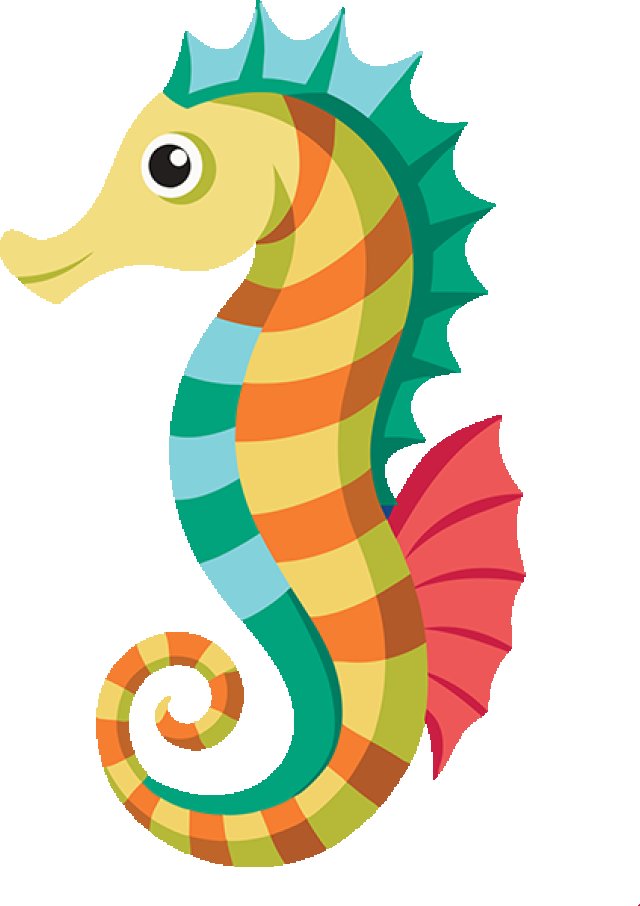
- Seahorses are the only animal species where the male gets pregnant and gives birth.
- They have no stomach and must eat almost constantly.
- Seahorses can move their eyes independently, like chameleons.
- Despite being fish, seahorses are poor swimmers and often rely on their tails to hold still.
- They can change color to blend in with their environment or communicate with a mate.
- Seahorses use their prehensile tails to hold onto plants, coral, or even each other.
- Some species give birth to over 1,000 babies at a time, though only a few survive to adulthood.
- Seahorses have bony armor instead of scales, making them hard to digest for predators.
- They are often used in traditional Chinese medicine, leading to illegal harvesting.
- There are around 46 known species of seahorses around the world.


















































